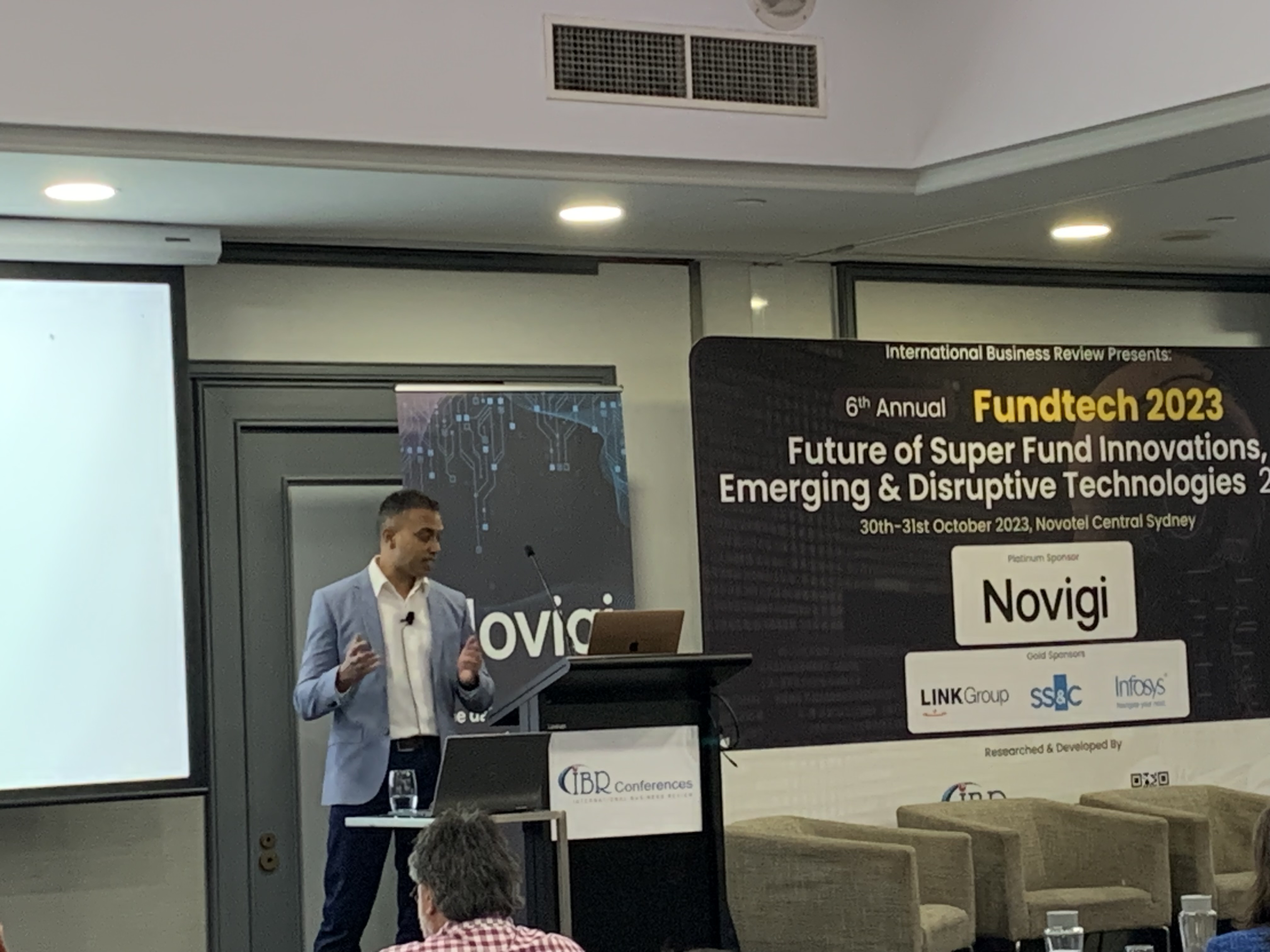Not all CI/CD servers are born equal and choosing the right one to suit your business needs can make all the difference. We sat down with ClearPoint Practice Lead Ava Czechowska, to help you understand how to choose the CI/CD tool that best fits your needs.
What is CI/CD?
CI/CD is a software development practice made up of two distinct parts: continuous integration and continuous delivery or continuous deployment.
With CI/CD, businesses can add automation to their app development, through continuous integration and deployment, meaning incremental changes in code can be made frequently and without disruption.
Each code change can be then compiled and tested, either in an isolated branch or already merged into (integrated into) a master branch. The use of CI/CD pipelines enables companies to get software to market in a fast, efficient and reliable manner.
How to choose the right CI/CD server for your business
There are a number of CI/CD tools available to businesses, depending on their needs. Examples include Jenkins, GoCD (Go Continuous Delivery), AWS CodePipeline, Azure DevOps Pipelines, GitHub Actions, GitLab CI, CircleCI, Travis CI and Harness.
With so many options, it is important that companies use the right criteria to make an informed decision about which tool to choose.
There are many considerations to keep in mind but the main criteria can be split into two groups: how easy it is to deploy and maintain the server (for the administrator), and how easy it is to use (for the users).
One thing to consider is whether your company has the skills and resources to self-host a CI/CD tool. CI/CD tools can either be self-hosted or companies can choose the Software-as-a-Service (SaaS) route.
If you choose the self-hosted option, it means you need to have a person, or a team of people to manage the CI/CD server. If you do not have the in-house skills to manage the CI/CD server, SaaS might be the best choice.
Finally, the third option is a mix of the two options above. You can utilise a CI/CD server provided by an external company and only self-host the agents.
This can be less expensive than outsourcing the whole CI/CD ecosystem to another company, while also giving you more flexibility. For example, you can deploy self-hosted CI/CD agents in a private network, take care of particular security requirements yourself or just install more tools there. Understanding your own requirements, as well as the skills of your people, is key.
Compare the pricing based on your needs
When looking at different CI/CD tools, it is important to understand the pricing. Start with understanding what pipelines your company may need, and what kind of projects and lifecycles the CI/CD tool would need to cover.
The price may depend on the number of nodes (or agents) you need to deploy, the number of jobs you’d like to run in parallel or the number of environments you want to have supported.
Come up with a list of use cases/scenarios of pipelines for your code bases, then take a look at the pricing and compare. You can even go a step further and provide a set of small Proof of Concepts to verify that a particular CI/CD tool meets your needs.
At ClearPoint, we help you make informed decisions with a focus on your business goals. We can schedule workshops to gather your requirements, help clarify your software delivery lifecycles and understand what scenarios and pipelines you could be using. Based on that, we can help you list what CI/CD features you could be interested in, and how to verify that a CI/CD tool supports these features. You will be equipped with the knowledge to choose a CI/CD server. Get in touch to find out more.




